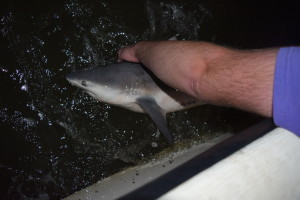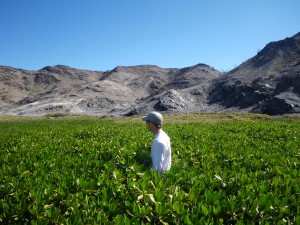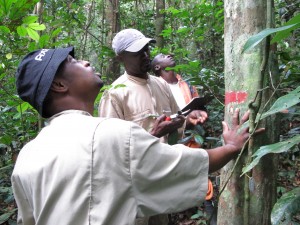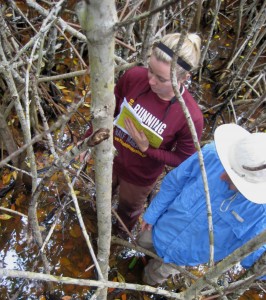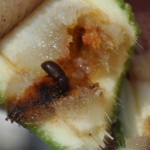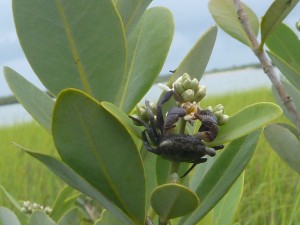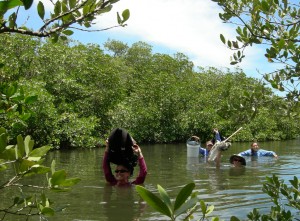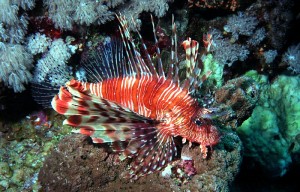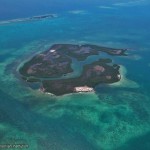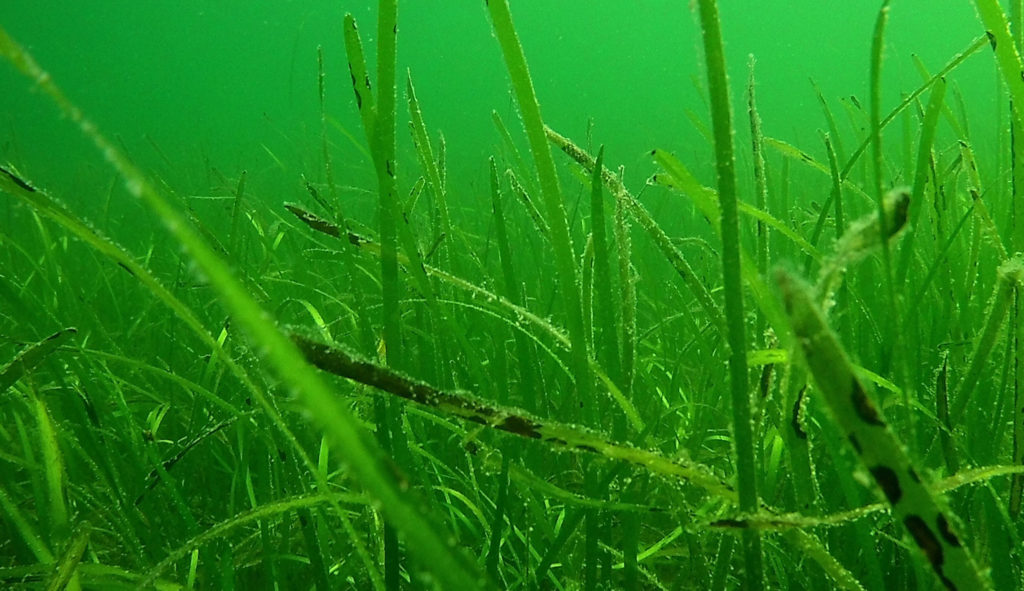
Infected eelgrass blades show the dark lesions of eelgrass wasting disease.
(Credit: Olivia Graham/Cornell)
by Kristen Minogue
Every year, the world loses an estimated 7 percent of its seagrasses. While the reasons are manifold, one culprit has long confounded scientists: eelgrass wasting disease. This September a team of biologists is zeroing in on the problem, in the first study of the disease to stretch along the Pacific Coast from southern California to Alaska, with a $1.3 million grant from the National Science Foundation.
“There are a number of seagrass monitoring programs that work on regional and to some degree on global scales, but most of them are really only looking at the cover and the abundance of the seagrass itself,” said Emmett Duffy, director of the Marine Global Earth Observatories (MarineGEO) headquartered at the Smithsonian Environmental Research Center.
The new grant builds on collaborative work by the Zostera Experimental Network (ZEN), led by Duffy, and will look at how climate, biodiversity and other environmental aspects can change the course of the disease. The team is deploying a wide arsenal of weapons to understand it: In addition to marine biologists, they are bringing on geographers, computer scientists, artificial intelligence and drones. Click to continue »


